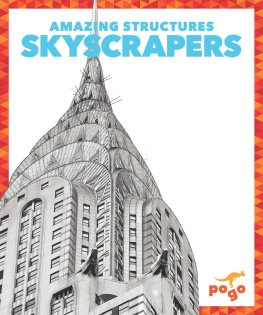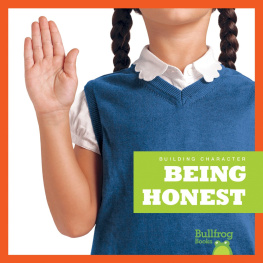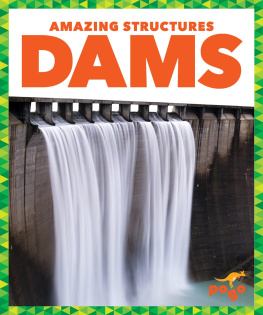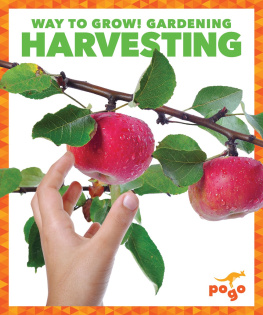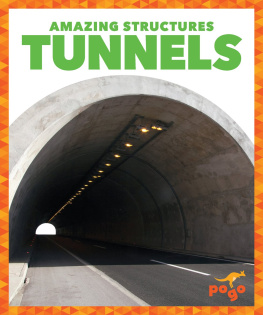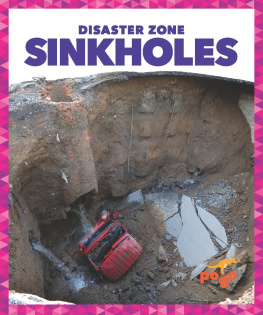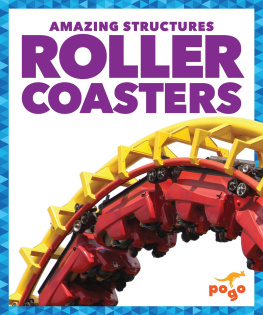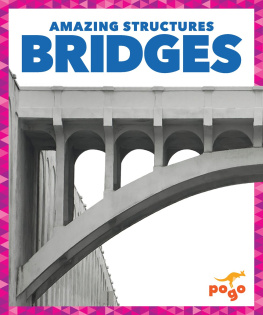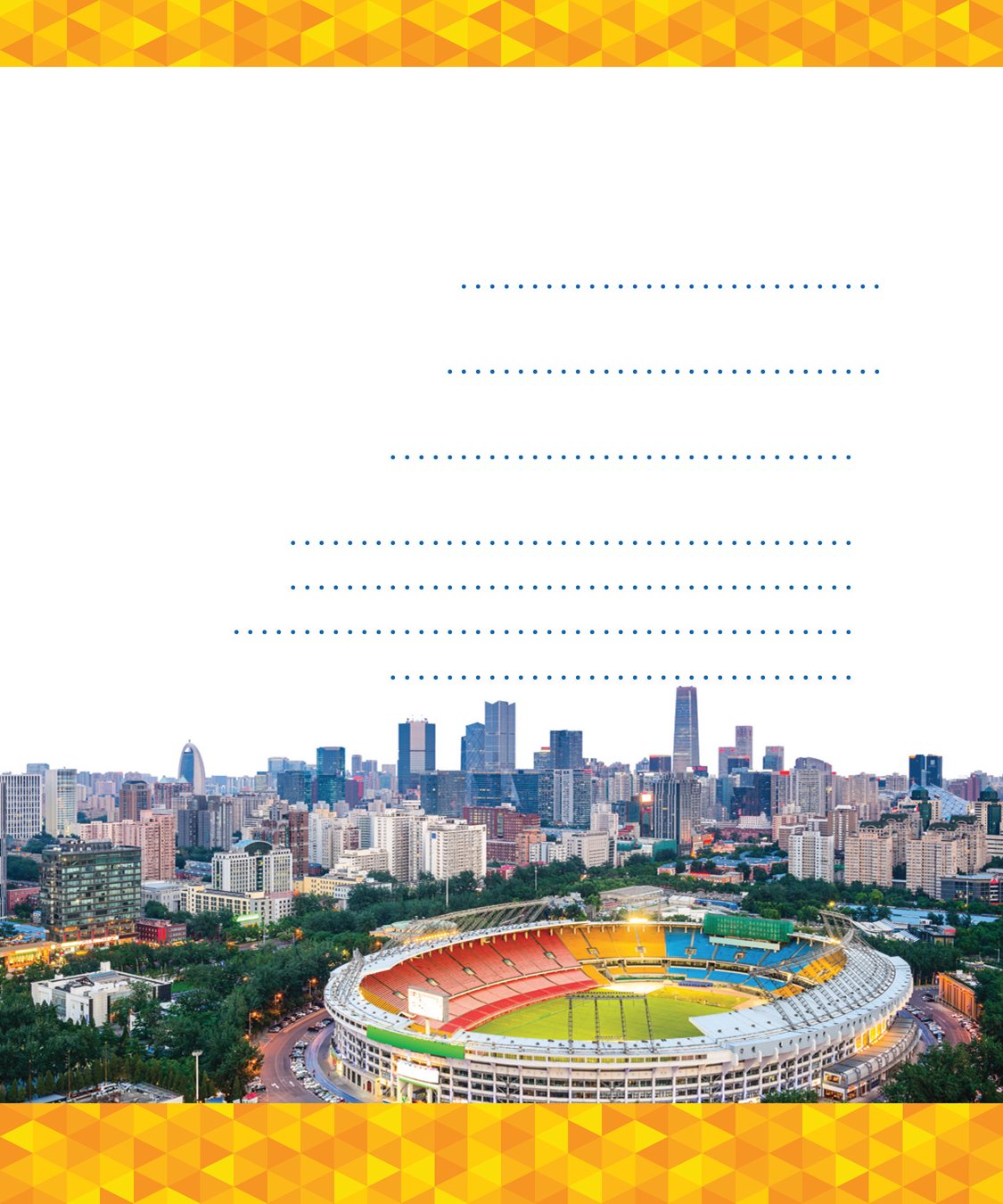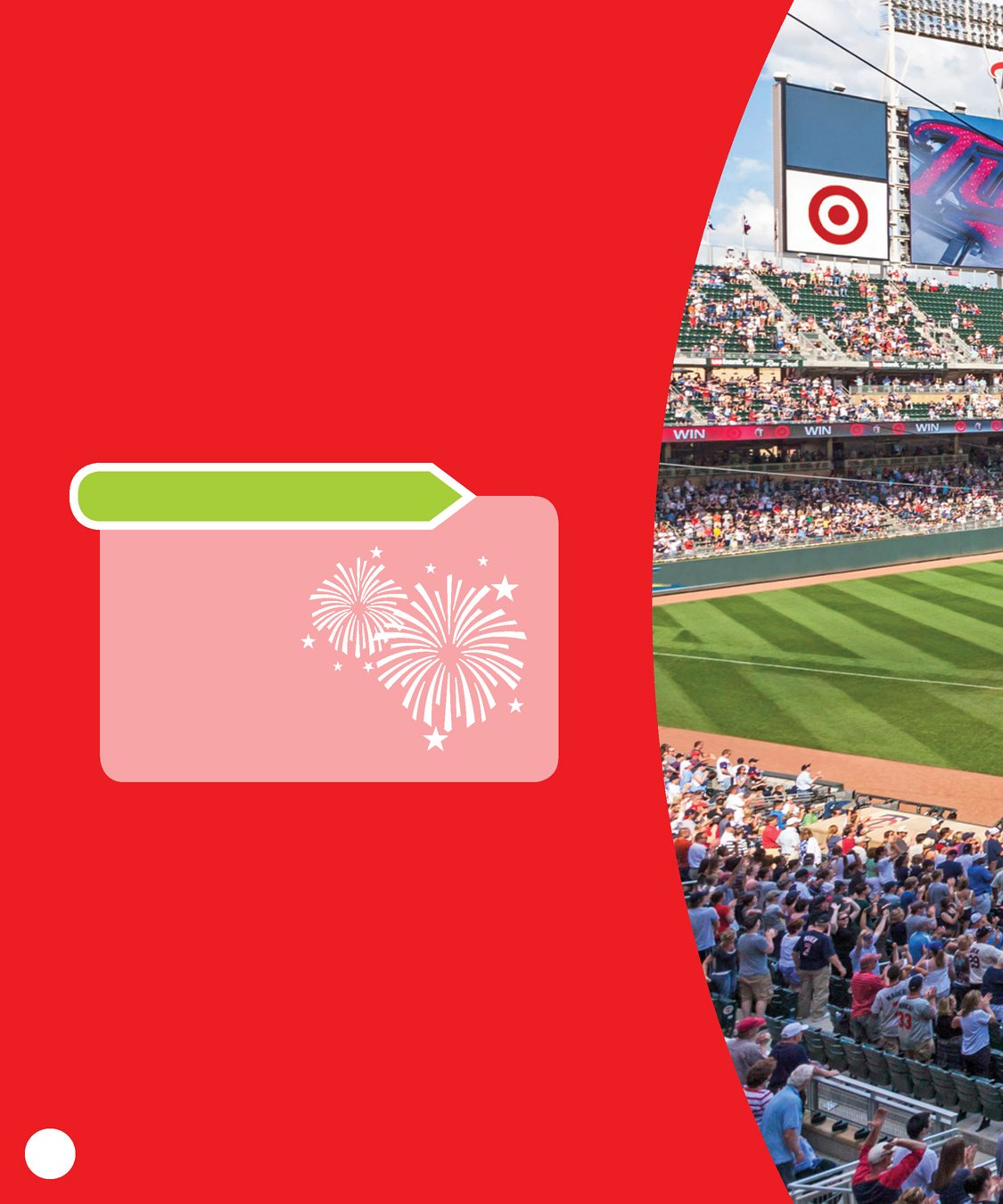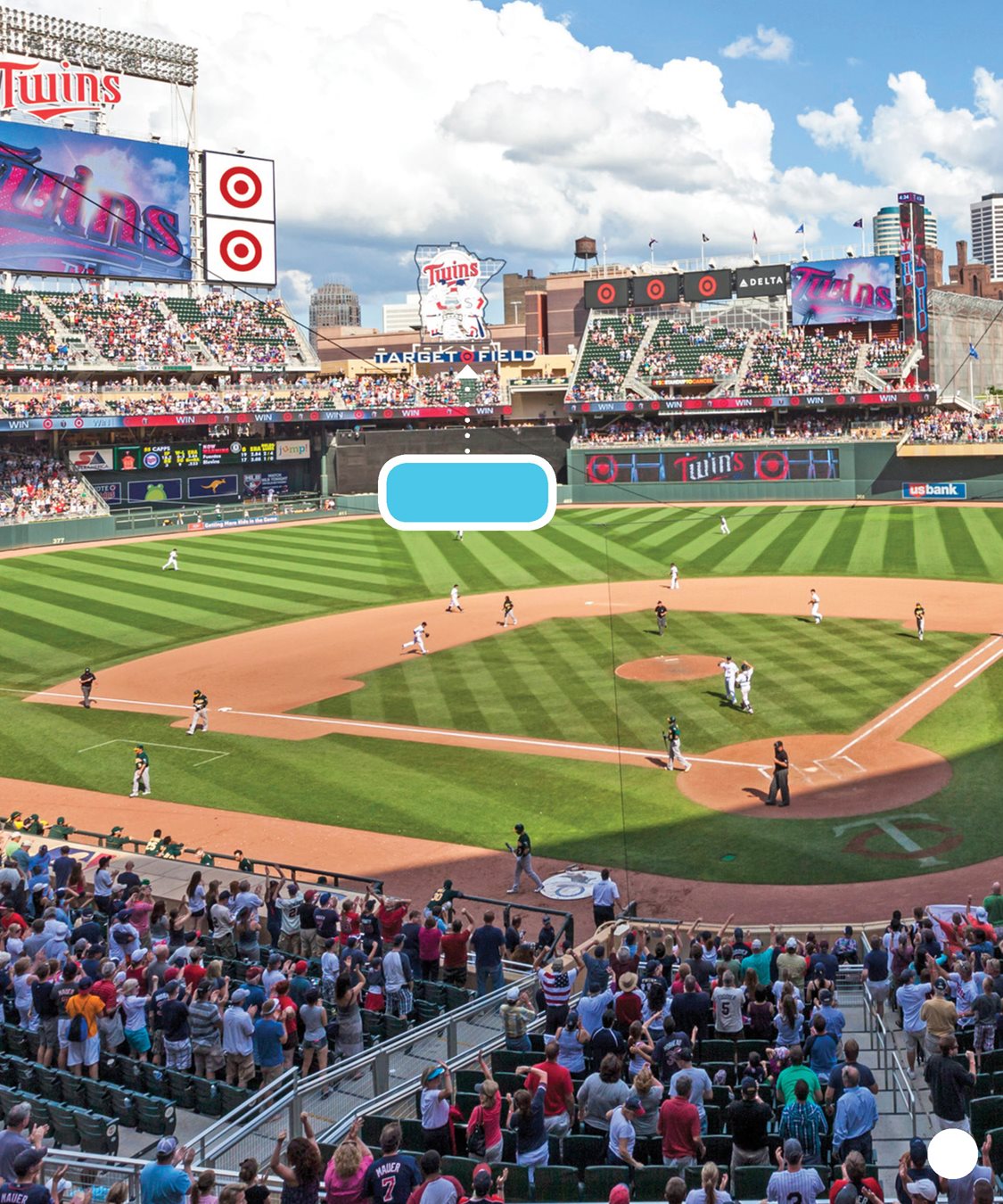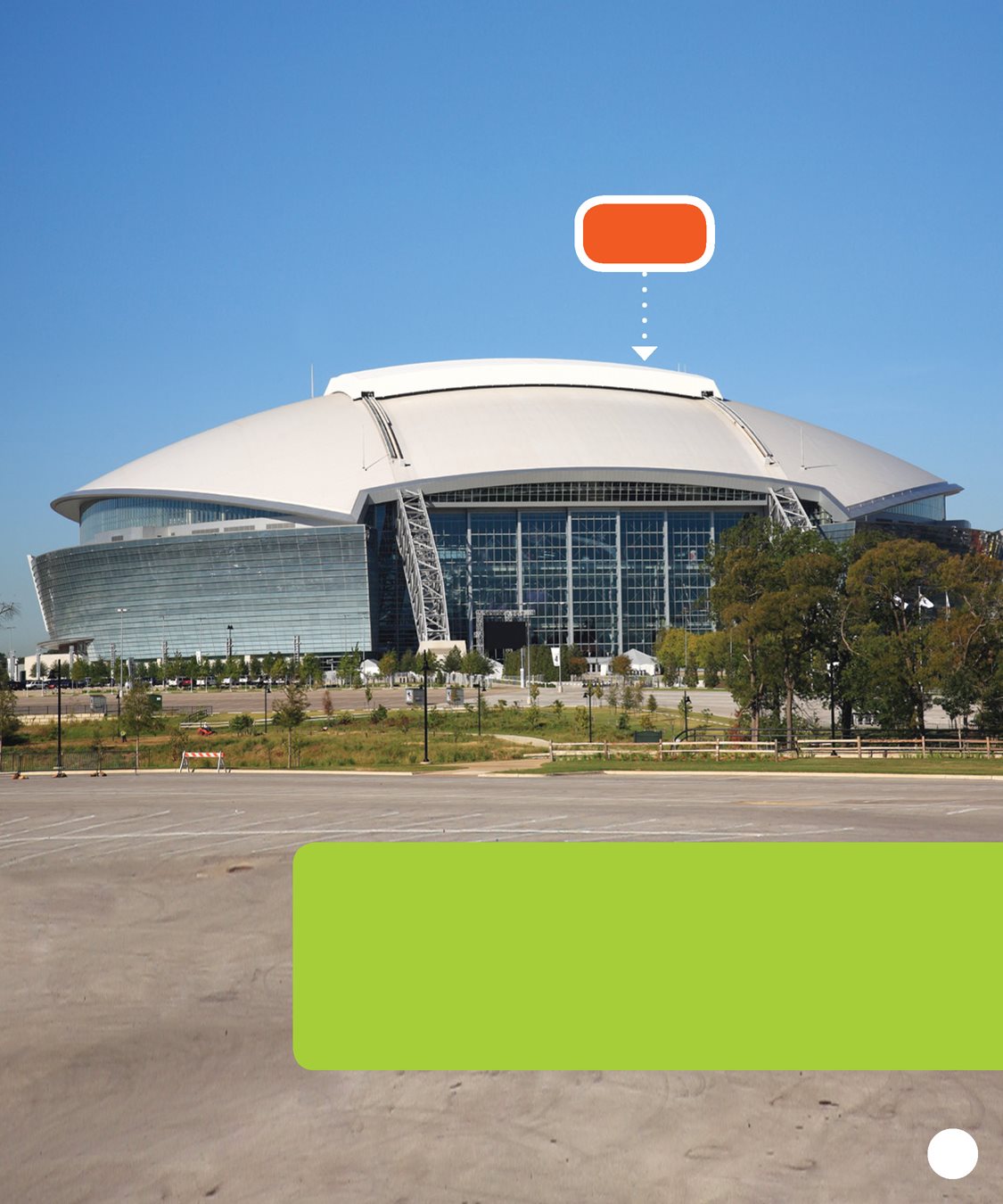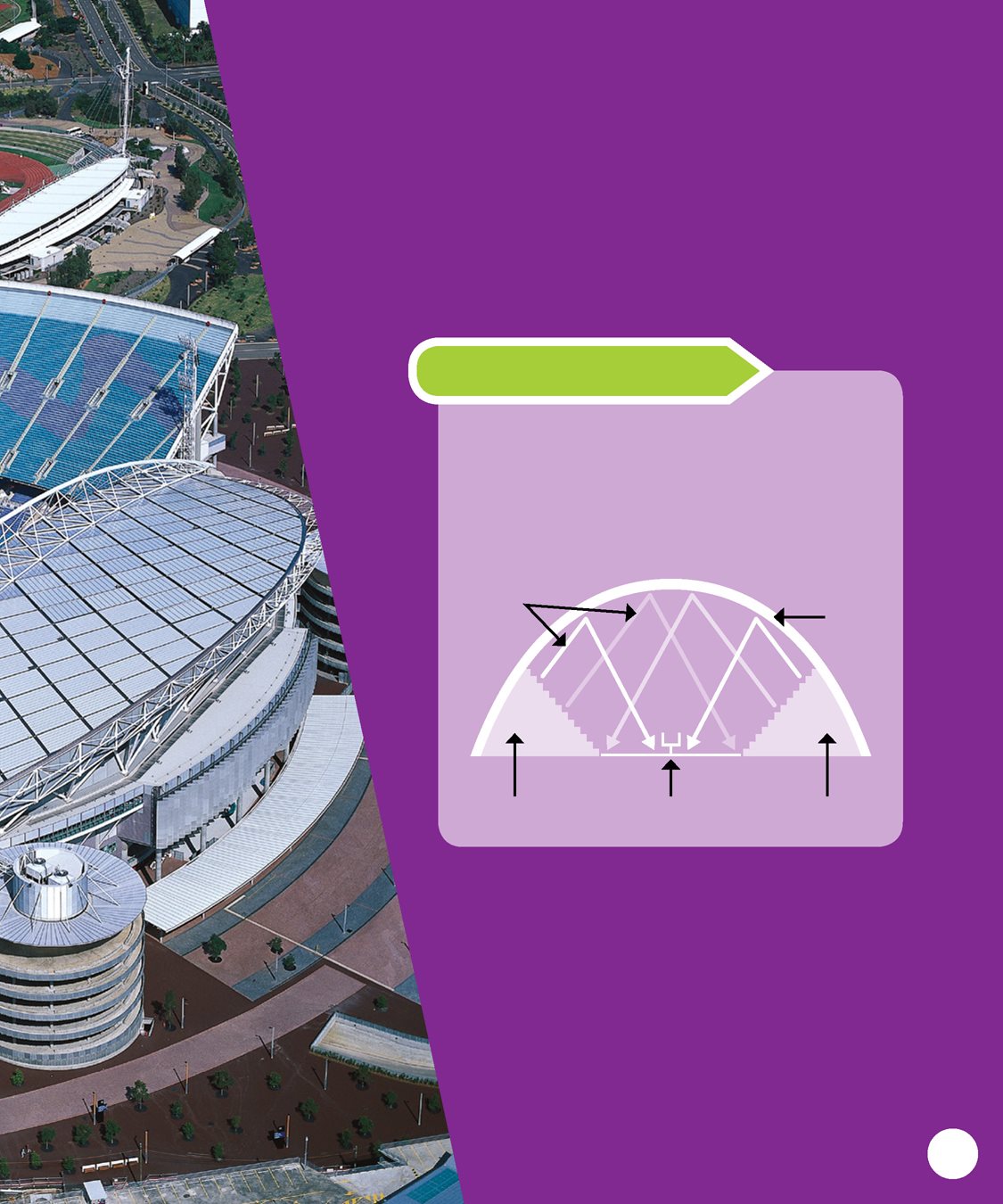Ideas for Parents
and Teachers
Pogo Books let children practice
reading informational text while
introducing them to nonfiction
features such as headings, labels,
sidebars, maps, and diagrams,
as well as a table of contents,
glossary, and index. Carefully leveled text with
a strong photo match offers
early fluent readers the support
they need to succeed.
Before Reading
Walk through the book and
point out the various nonfiction
features. Ask the student what
purpose each feature serves. Look at the glossary together.
Read and discuss the words.
Read the Book
Have the child read the book
independently.
Invite him or her to list questions
that arise from reading.
After Reading
Discuss the childs questions.
Talk about how he or she might
find answers to those questions. Prompt the child to think more.
Ask: Have you ever been to a
stadium? What did you see there? Pogo Books are published by Jump! 5357 Penn Avenue South Minneapolis, MN 55419 www.jumplibrary.com Copyright 2016 Jump! International copyright reserved in all countries. No part of this book may be reproduced in any form
without written permission from the publisher. Library of Congress Cataloging-in-Publication Data Pettiford, Rebecca, author. pages cm. (Amazing structures) Audience: Ages 79. (Amazing structures) Audience: Ages 79.
Includes bibliographical references and index. ISBN 978-1-62031-214-8 (hardcover: alk. paper) ISBN 978-1-62496-301-8 (ebook) 1. StadiumsJuvenile literature. I. Title.
NA6860.P48 2015 725.827dc23 2014042536 Series Editor: Jenny Fretland VanVoorst Series Designer: Anna Peterson Photo Researcher: Anna Peterson Photo Credits: American Spirit/Shutterstock.com;
Ffooter/; jejim/
;
SuperStock, ;
Tomasz Biderman/Shutterstock.com; Wayne Kryduba/
Minnesota Twins, . Printed in the United States of America at
Corporate Graphics in North Mankato, Minnesota. To Jared Peterson, Rachel Zalaznik, Dave Grohl, and Billy JoelAP
TABLE OF CONTENTS
CHAPTER 1
What Is a Stadium? CHAPTER 2
Building Stadiums CHAPTER 3
At the Stadium
CHAPTER
WHAT IS A
STADIUM?
Have you ever been to a football
or baseball game? If you said yes,
then you have been to a stadium . CHAPTER 1
A stadium is a structure that surrounds
a field . You can see many outdoor sports
in a stadium. You can also see concerts.
CHAPTER 1
CHAPTER 1
Stadiums have a long history. The Colosseum in Rome, Italy,
was built in C.E. It was made
of stone. It could seat more than
45,000 people. The Romans
used it for gladiator fights. Today, stadiums are made
of concrete and steel.
Some can seat more
than 100,000 people.
CHAPTER 1
CHAPTER
BUILDING
STADIUMS
Before building, there are decisions to
be made. What sports will be played there?
Will the field be grass or artificial turf ? CHAPTER 2
What other uses will it have? Will the
stadium have a roof? How many seats
will it need? Will it use energy - saving
devices like solar panels ? solar panel CHAPTER 2
A stadium costs a lot of money.
Taxpayers and investors pay
for its construction. An architect
designs it. Engineers make
sure the land can support its
weight. Workers use concrete
and steel to build it. CHAPTER 2
CHAPTER 2
A big company spends millions
of dollars to name a stadium.
Years later, a different company
may buy the naming rights.
What does a stadium look like? Lets go in. DID YOU KNOW? Stadium concerts
often use lights,
fireworks, and
special effects.
Music that draws
big crowds to flashy
shows is known
as stadium rock. CHAPTER 2
sponsor CHAPTER 2
CHAPTER
AT THE
STADIUM
Many stadiums are open air,
but some have roofs. CHAPTER 3
dome In some stadiums, the roofs are
dome - shaped. A dome looks like
the empty upper half of a sphere.
Roofed stadiums can be loud. CHAPTER 3
CHAPTER 3
Some stadiums have an oval shape.
This shape is good for many sports.
An oval stadium has seating all
the way around the field.
TAKE A LOOK! Some stadiums are designed to be
loud. Loud cheering builds excitement.
In these stadiums, roofs cover most of
the seats. Noise bounces off the roofs
and back into the crowd. crowd
noise roof field stands stands CHAPTER 3
No matter where you sit,
you should have a good
view of the field. Why? Each row of seats is a little
higher than the row before
it. Aisles make it easy
for you to get to your seat.
Most aisles have steps.
DID YOU KNOW? Have you ever heard of the
nosebleed section? This is what




